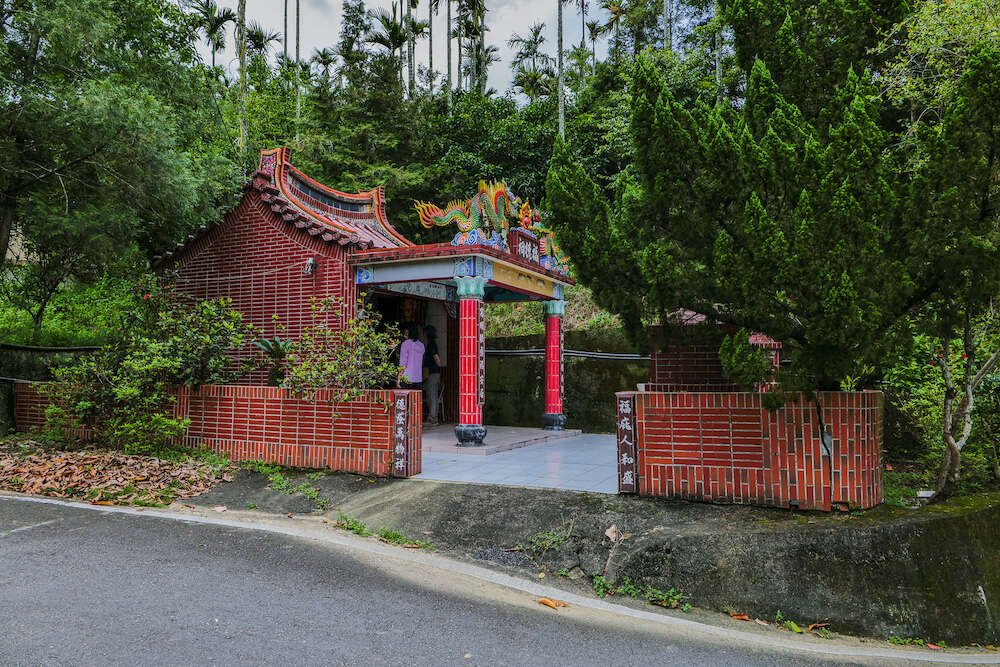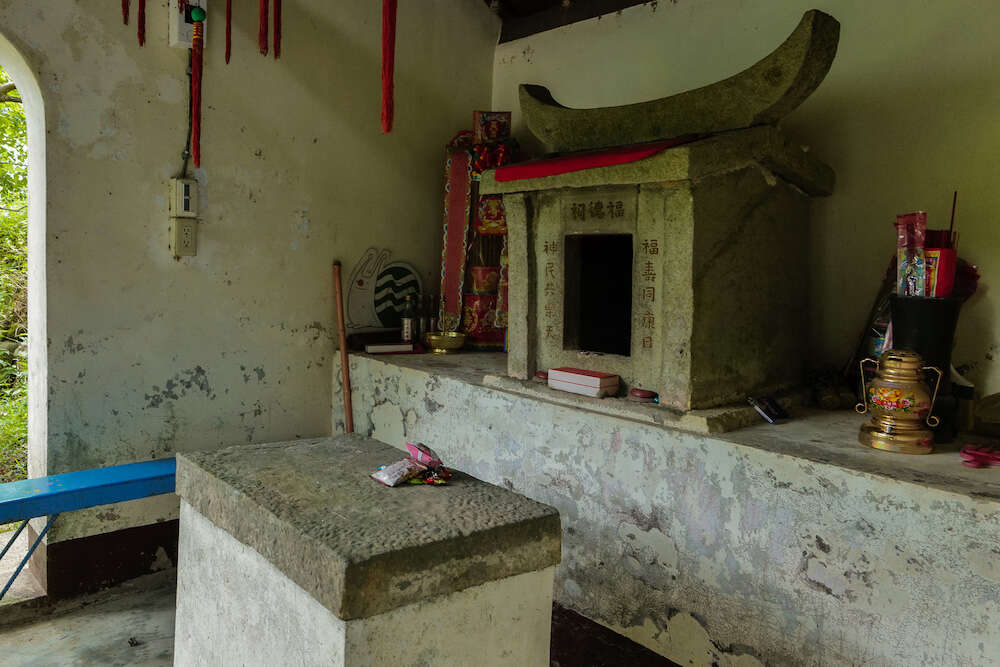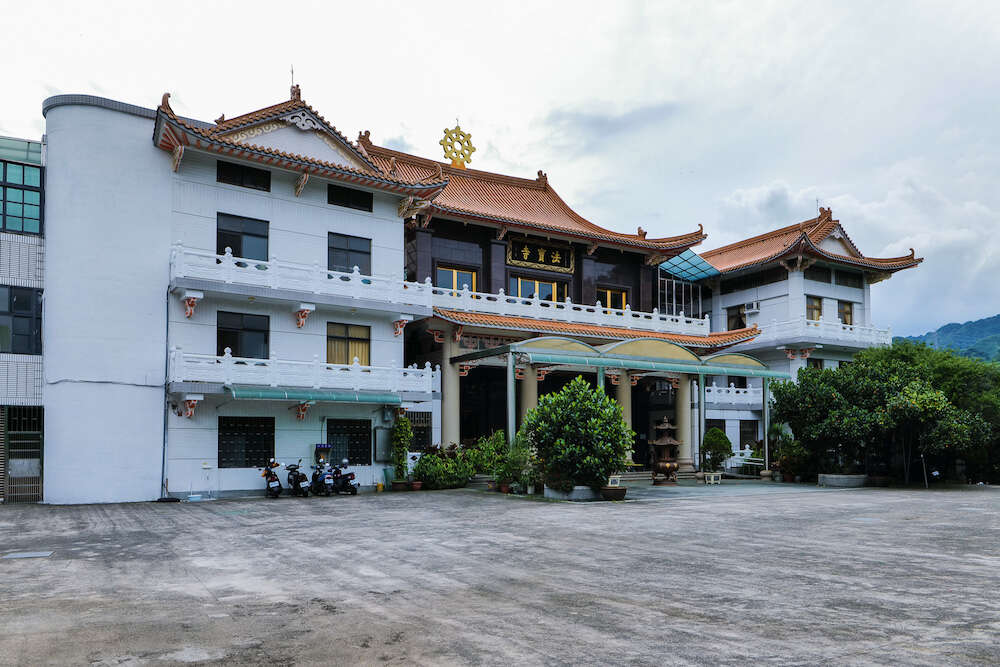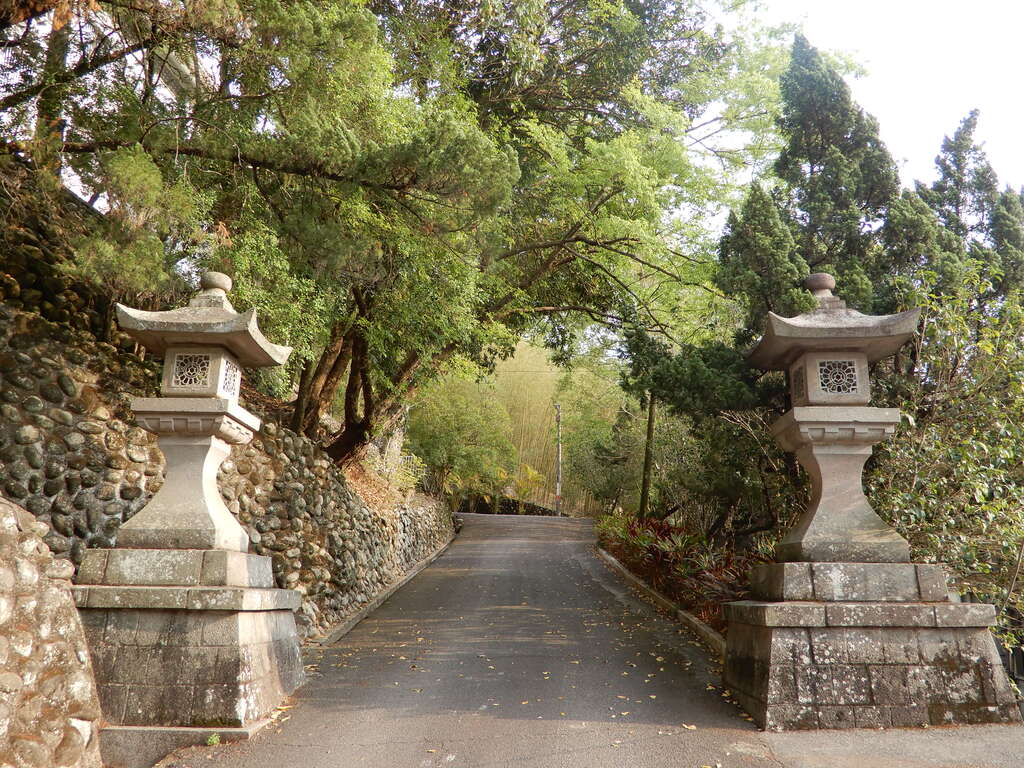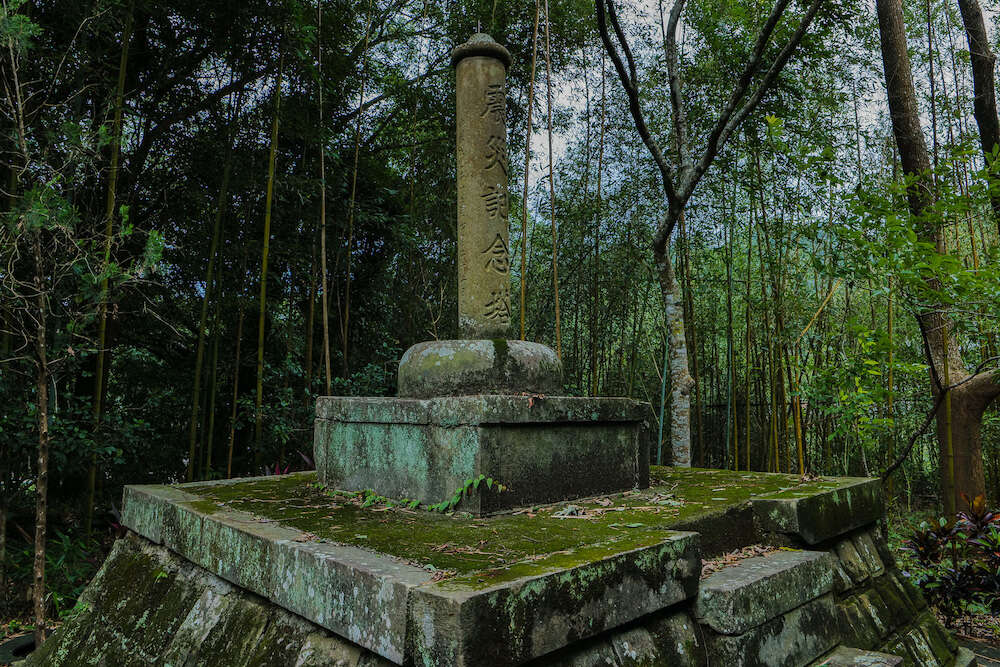※GPX files must be opened with suitable apps, such as Hikingbook.
Laoguandao, also known as Laoguan Road, is located in Dahu Township, Miaoli County. It was an important official road in the old days. About 4 kilometers of the north section was restored in 2019. This section goes through primitive mountain and forests. The south section is mostly industrial roads. Along the trail, there are a variety of traces of living, terrains, and forests. Visitors who prefer mountain trails and bamboo forests should take the north section, and those who enjoy history and culture can visit the south section on foot, or drive along the trail to visit each scenic spot.

Let's visitLaoguandao online first!
- Most of the north section of the trail is covered by bamboo forest, making it an easy and pleasant walk.
- There are many stops with great views along the industrial road in the south section of the trail. You can enjoy a panoramic view of the surroundings here.
- There are many historical sites along Laoguandao and in its surrounding area.
- You can use the restroom at Shuitou Fude Temple on the north side of the trail.
- After rain the trail becomes slippery. Make careful assessment and preparation before your hike.
- Environmental protection is a shared responsibility. Do not litter on the ancient trail.


Laoguandao used to be the most frequently used north-south access road for residents of Dahu and Zhuolan. After the launch of Provincial Highway 3, this road was less used and gradually became a little-known secret trail.
The repaired trail is composed of several sections. You can choose a section suitable for your physical strength and based on your preferences. The trail can be roughly divided into the north section and the south section. The north section refers to the section between Nanhu Elementary School and Shimen Inn that is mostly on the ridgeline, with a great, unobstructed view of the mountain. The south section is from Shimen Inn to Xinkai Elementary School, which is now an industrial road.


Walking along Laoguandao, besides seeing traces of living such as orchards and old houses, you can also see several monuments with historical significance hidden along the trail. One of them is the border marker located at the border of Yihe and Lilin villages. Judging from the text on the marker, the police at the time used it to divide their jurisdiction. The other two steles were placed here to commemorate the historical events that took place on the Aiyong Line (the defense line against the indigenous people in Qing Dynasty).
The ancient trail is not frequently used. Occasionally, grass or trees would block the road, making it quite challenging to explore. Follow the "Raknus Selu Trail – Laoguandao" signs or the orange-and-blue Raknus Selu Trail ribbons and you don't have to worry about getting lost.


Entering Laoguandao from the north entrance, primitive mountain and forests will come into your view. Sounds of birds and Reeves's muntjac can be heard from time to time. This is an important habitat for many wild animals. Along the trail, there is a vast and beautiful Makino bamboo forest, which is a perfect social media photo spot. In the bamboo forest, the trail is completely shaded; so even in the hottest summer, you can feel the gentle cool breeze blowing on your face.


Along Laoguandao, you can see many farms and orchards of camellia, pear, and oranges. You can also find an abandoned ranch. Next to the ranch, there is an old house built by the method of "bamboo woven structure with clay inside." Natural materials such as clay, straw, and rice husks were used. This house has been built for more than 50 years.



By the industrial road of the south section, there is a viewing platform with a 360-degree view of mountains such as Manabang Mountain and Guandao Mountain, as well as Liyu Lake reservoir and its tributaries. This is a secret spot offering amazing scenery.

Camping has become very popular in recent years. There are many new camp sites along Laoguandao. Take your family up the mountain to enjoy the beautiful nature. You can also hike along Laoguandao and make it a relaxing hiking/camping trip.
Fude Temple or Earth God, which is called Bagong by Hakka people, is a very important folk belief. In Dahu, there is a Bagong Road. Mostly located in Dawo, there are many large and small Bagong temples along this road. Some of them have retained the original stone buildings, while others are added with new decorations and structures. Each Bagong temple has a different story and look. They are worth visiting.
Chuanlongzun is an irrigation canal dug by the ancestors with a history of more than a century. In 2019, as part of the Romantic Route 3 art festival organized by the Hakka Affairs Council, the site in Dawo was called Daiwo Tunnel Drain Land Art Festival. A total of four artists participated in the festival and created four art installations around Sanliangsan Parking Lot, including Tea for Strangers and Appreciation, Chisel Marks of Life, Tea House, and Woven Memories.
Fabao Temple in Guishan, Dahu has rich cultural and historical relics. In addition to the two stone lanterns at the Japanese shrine, a complete Japanese-style ancient tomb, tomb of the Hayashida family, as well as the memorial stele commemorating the Japanese soldiers and policemen who died on a foreign land, are preserved here. Another earthquake memorial pagoda is also here. In the 10th year of the Showa era (1935) during the Japanese Rule period, a great earthquake occurred in Guandaoshan, Hsinchu Prefecture, Taiwan, and Dahu, Miaoli was severely affected. This memorial pagoda was built on the first anniversary of the earthquake. In 2019, it was designated as a historical building by Miaoli County Government.
Take bus 5656A\5656B from Miaoli Railway Station. Get off at Nanhu Elementary School, and walk towards south for about 250 meters; or get off at Hexing Bus Stop and you will arrive at the north entrance of Laoguandao.
From Miaoli Railway Station, take bus 5656 to Dahu, then transfer to bus 5655 and get off at Xinkai. Turn around and walk along Provincial Highway 3 for 100 meters to the south entrance of Laoguandao.

